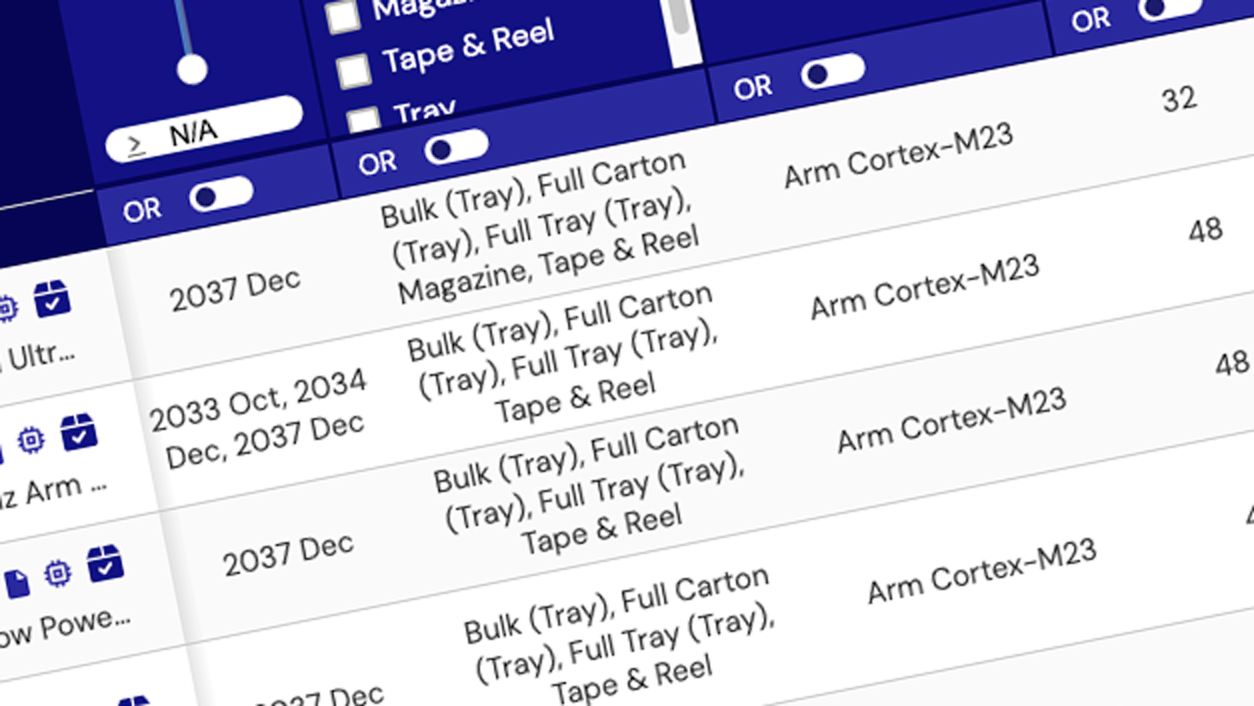The Hi-Rel digital portfolio of radiation hardened (rad hard) digital products is specifically designed for high-reliability applications in the space, aerospace, and defense sectors. This comprehensive lineup includes radiation hardened digital isolators, memory solutions, microprocessors, and peripherals, all built to withstand the extreme conditions of space environments. Engineered for optimal performance, durability, and precision, our rad hard digital products ensure reliable operation in mission-critical systems, offering robust protection against radiation-induced failures. With cutting-edge technology and proven reliability, these components are ideal for supporting the most demanding applications, from satellite communications to advanced aerospace systems.
Manufacturing & Test Information
Renesas has an unparalleled track record of providing highly reliable, efficient, and accurate space-grade products that fit a wide range of space applications, including satellite communications and space flight systems.
The Total Ionizing Dose (TID) response of semiconductors is a key issue in space applications. Renesas addresses this by performing Radiation Lot Acceptance Testing (RLAT) on all space-grade products. For radiation-hardened products, low dose rate and/or high dose rate RLAT is performed on a wafer-by-wafer basis (see part specification for more information). For radiation tolerant products, low dose rate RLAT is performed on a per wafer lot basis. Renesas also designs its space products to handle heavy ion interactions with minimal disruptions to functional operation while mitigating all Single Event Effects (SEE) including Single Event Transients (SET), Upsets (SEU), and destructive events like Burnout and Latch-up (SEB/L).
Renesas’ radiation-hardened hermetic and plastic products follow MIL-PRF-38535/QML qualified production flows and are 100% burned-in to ensure the highest reliability. Renesas’ radiation-tolerant space plastic products follow an automotive-like production flow to provide robust, cost-sensitive options to support New Space applications.
By leveraging the latest technology, the Intersil space products group is releasing QML Class V, QML Class P, QML Class Q, and radiation-tolerant space plastic products that are revolutionizing the Hi-Reliability and Space marketplaces.
